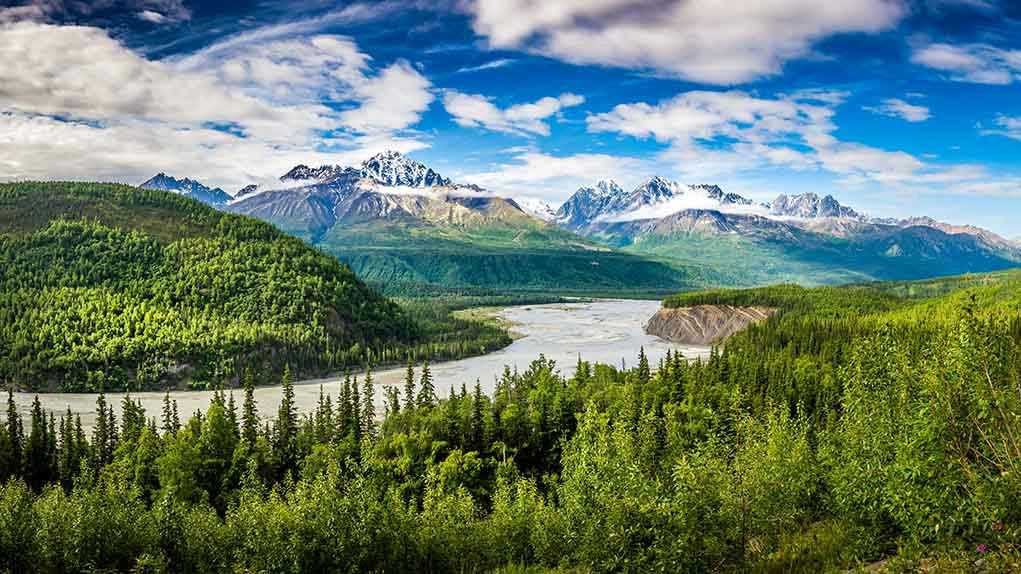
A playful narrative questions whether Nessie, the elusive Loch Ness Monster, is “on vacation,” amid a steady pattern of sightings.
Story Overview
- Speculation about Nessie’s absence leads to playful “vacation” theory.
- First sighting of 2025 reported at Dores Beach in March.
- Multiple new sightings have emerged, maintaining historical patterns.
- Webcam and social media play roles in documenting sightings.
Historical Context of Nessie Sightings
The legend of the Loch Ness Monster traces back to the 6th century, with Saint Columba’s reported sighting. The modern phenomenon began in the 1930s, spurred by media coverage and a famous photograph. The legend persists, aided by Loch Ness’s mysterious atmosphere and frequent fog. Periodic declines in sightings are not new, often resulting in renewed interest and media speculation. To date, the Official Loch Ness Monster Sightings Register has documented over 1,160 sightings.
Recent technological advances, such as webcams and digital reporting, have significantly influenced sighting reports. Since 2021, 17 webcam images of potential Nessie appearances have been recorded. The Loch Ness Centre and the Official Sightings Register continue to monitor these reports, providing a structured platform for both local residents and tourists to contribute credible accounts. The interplay between technology and folklore further fuels the Nessie mythos, drawing international attention and curiosity.
Recent Sightings and Developments
In March 2025, the first sighting of the year was reported at Dores Beach, described as a large, dark mass beneath the water. This was followed by additional sightings throughout the summer, documented by both long-term residents and visitors. Eyewitness accounts have been complemented by photographic evidence, which the Loch Ness Centre and Sightings Register are diligently reviewing. Despite the absence of scientific proof, the frequency of reports remains consistent, bolstered by technological documentation like webcam images.
The Loch Ness Centre’s Amy Todd noted the striking similarity in descriptions across various reports, underscoring the compelling nature of these sightings. However, skeptics maintain that natural elements like waves and debris often generate false positives. The ongoing fascination with Nessie reflects a broader cultural and economic dynamic, as the legend continues to attract tourists and media interest, contributing significantly to the local economy.
Implications and Perspectives
In the short term, new sightings have spurred media attention and tourist influx, revitalizing interest in the Nessie legend. Long term, the Loch Ness Monster remains a pivotal economic and cultural asset for the Highlands region, drawing global fascination. Local businesses benefit from Nessie-related tourism, while the scientific community faces the challenge of addressing pseudoscientific claims. The Nessie phenomenon exemplifies the intersection of folklore, tourism, and digital media in shaping modern myths.
Loch-ed up abroad! Mystery ‘Nessie’-like creature filmed lurking in foreign river https://t.co/qLwqaiUbCo pic.twitter.com/5nwUenaTal
— New York Post (@nypost) September 10, 2025
The enduring allure of Nessie highlights the blend of myth-making and collective belief, with believers citing the consistency of reports as evidence. Meanwhile, skeptics emphasize the lack of verifiable proof. The Official Loch Ness Monster Sightings Register remains a credible source for sighting data, balancing factual reporting with the story’s sensational appeal. As Nessie continues to captivate imaginations worldwide, the legend’s impact on both local culture and global curiosity remains as profound as ever.
Sources:
2025’s First Potential Sighting of Loch Ness Monster Spotted at Dores Beach
Never Seen Anything Like It: Loch-side Resident of 30 Years
Official Loch Ness Monster Sightings Register
Summer Has Begun and So Have the Sightings of the Loch Ness Monster

















